Roofing subfloor is a waterproof or waterproof material that is placed directly on a roof covering before installing any other roofing material. It acts as a barrier that protects your home and roof covering from leaks and the effects of inclement weather. Waterproof felts often provide temporary protection from water while incorporating shingles, roof covers, or shingles. Although it is beneficial, since roofing felts are not designed to be a permanent barrier to water.
As we mentioned above, the subfloor is an additional layer of protection for your roof. While shingles do the heavy lifting, if water finds its way under a shingle, the waterproof underlayer is there to protect the bottom deck. It is important for homeowners to understand the difference between waterproofness and water resistance. The base material is not 100% waterproof.
Although it does a good job of preventing water from accumulating between the roof deck and the shingles, it is not considered waterproof. If there is damage to the underlayer or if it starts to show signs of wear, this affects the waterproof effectiveness. Ideally, you make this decision with the help of an experienced and reliable roofer so that you can get answers to all your questions before making a decision. Tar paper, also known as roofing felt, is a volatile moisture barrier, as well as the additional protective layer between plywood and shingles.
If you expect to install the most economical roof, skipping the subfloor will help keep your costs down. The most important part in deciding how to choose a suitable ceiling subfloor for your home is to find what works best with your roof type. Located throughout Arizona, Behmer Roofing handles every project from roof replacement, maintenance, new construction and commercial roofing. The best protection measure for an ice dam is the protective membrane against water or ice, but roofing felt is much more efficient and works as an additional layer for leaks.
In addition, there may be other problems with your roof that you cannot see that need to be addressed before the roof is updated. Roofing shingles alone cannot meet the class A fire rating that meets the laid roofing felt. While it is not necessary on all roofs, such as pitched roofs, it should always be applied to roof covering on roofs with low slopes. Regardless of what type of roofing subfloor you plan to use, placement on the surface of the roof covering is vital.
The rubberized asphalt subfloor is the most expensive, but it is waterproof, which is essential for Floridians. Because most synthetic roofing subfloors have to be installed with nails or staples, and because these underlayments do not seal around fasteners, they are generally considered water resistant, not really waterproof. Felt cannot be left exposed to the elements for a long time, so it is recommended to install roofing materials as quickly as possible after the felt falls off.

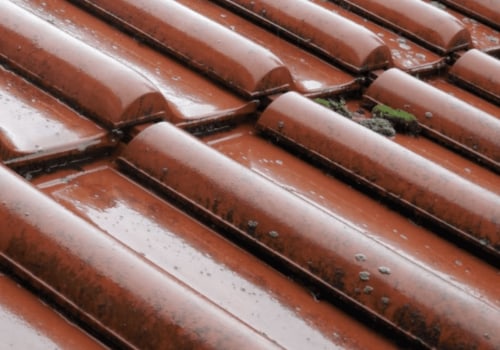
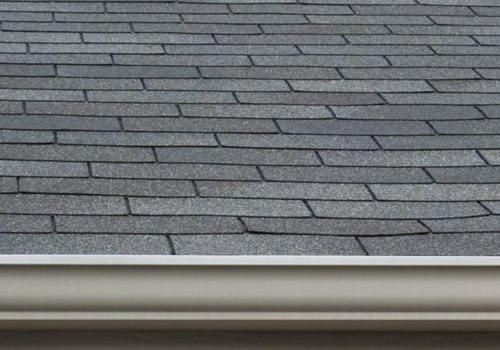
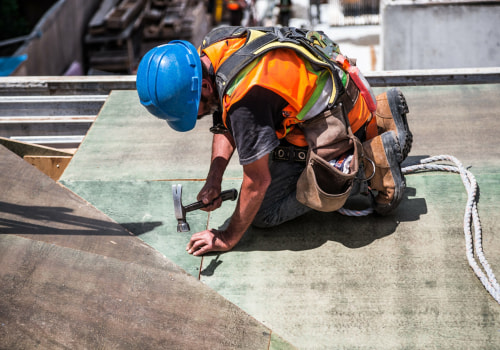
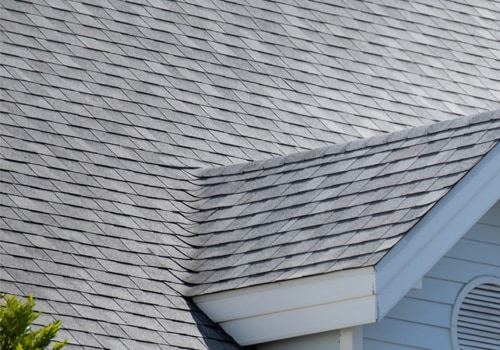

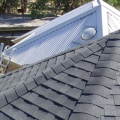

Leave Reply